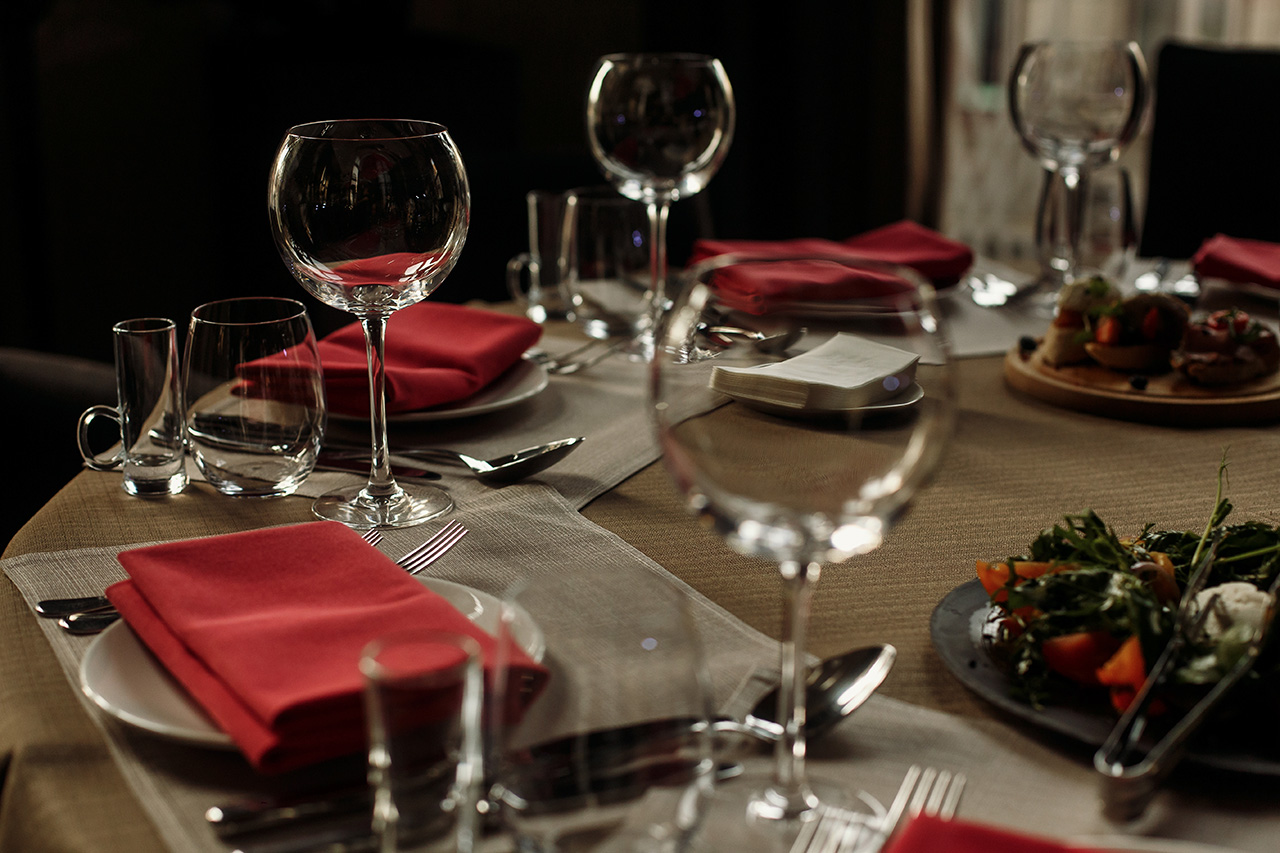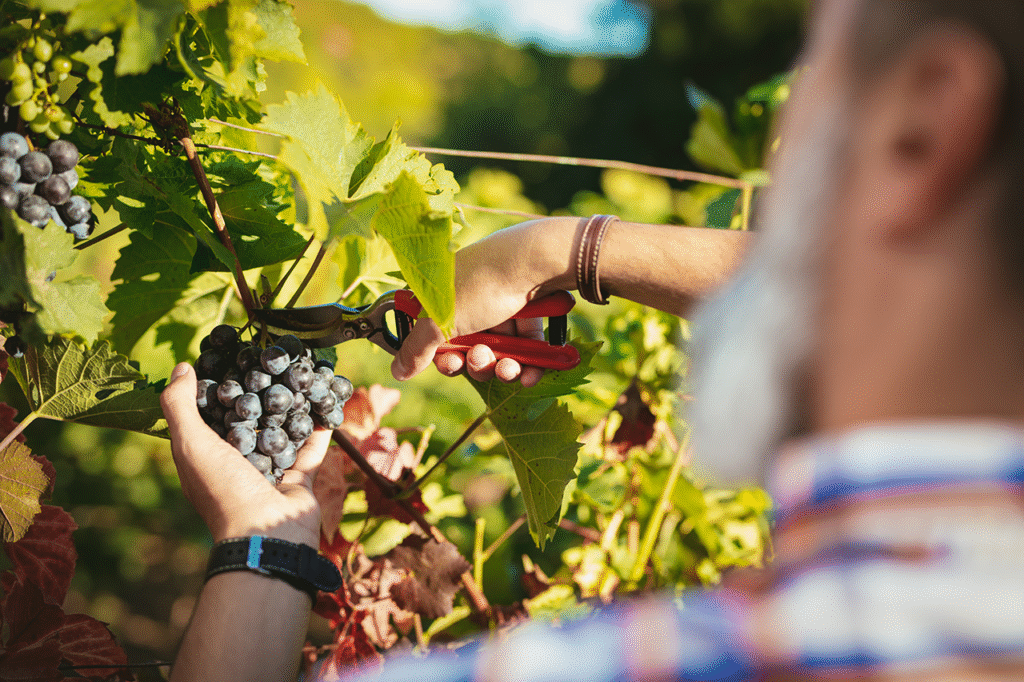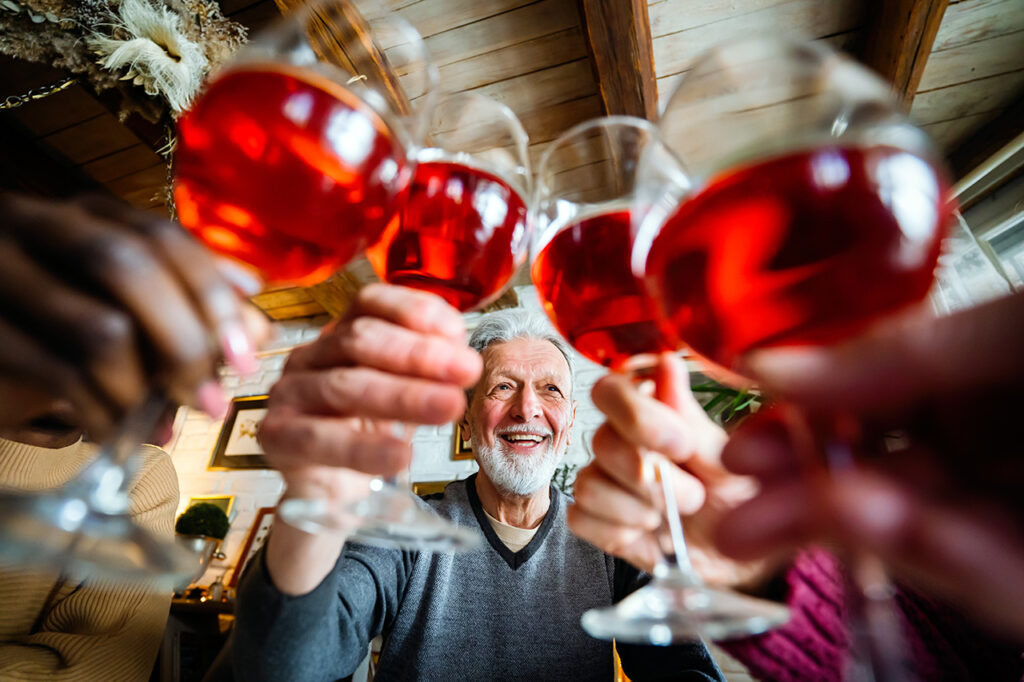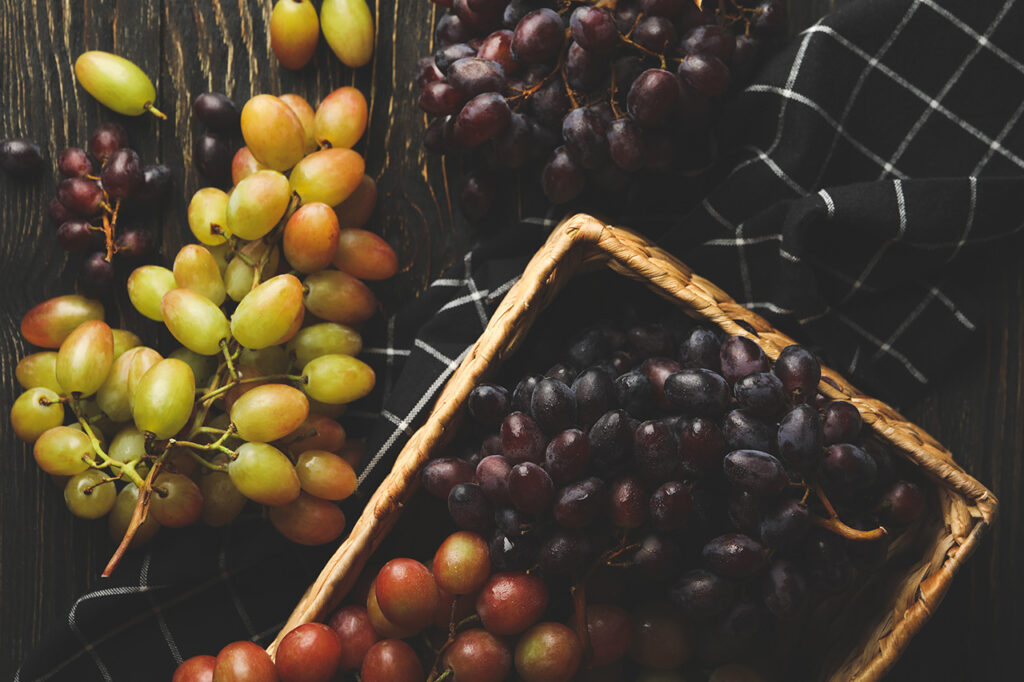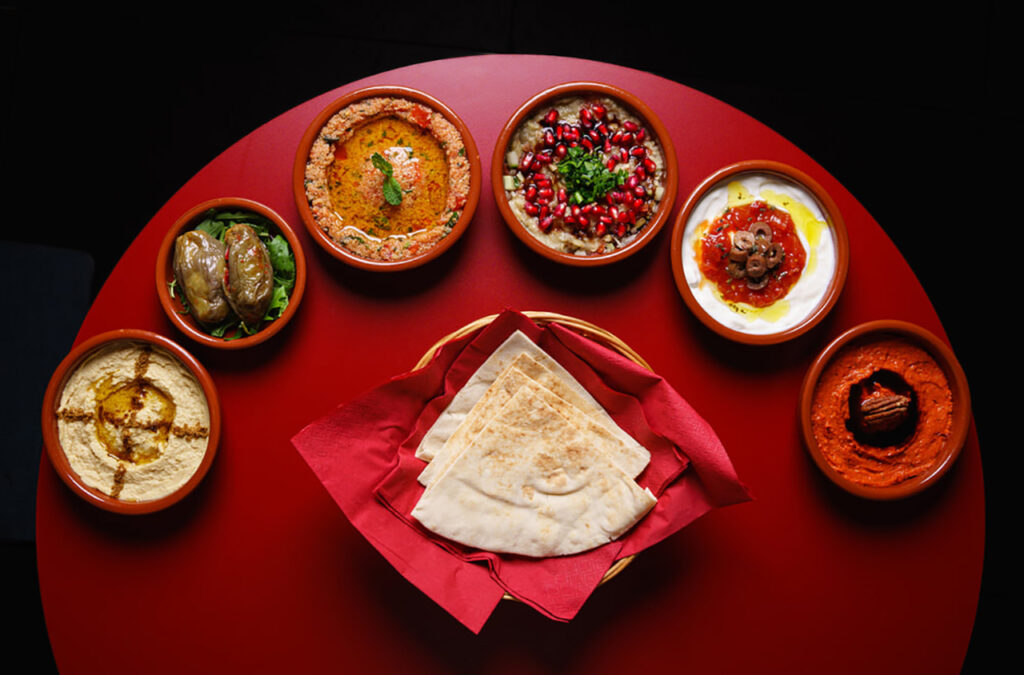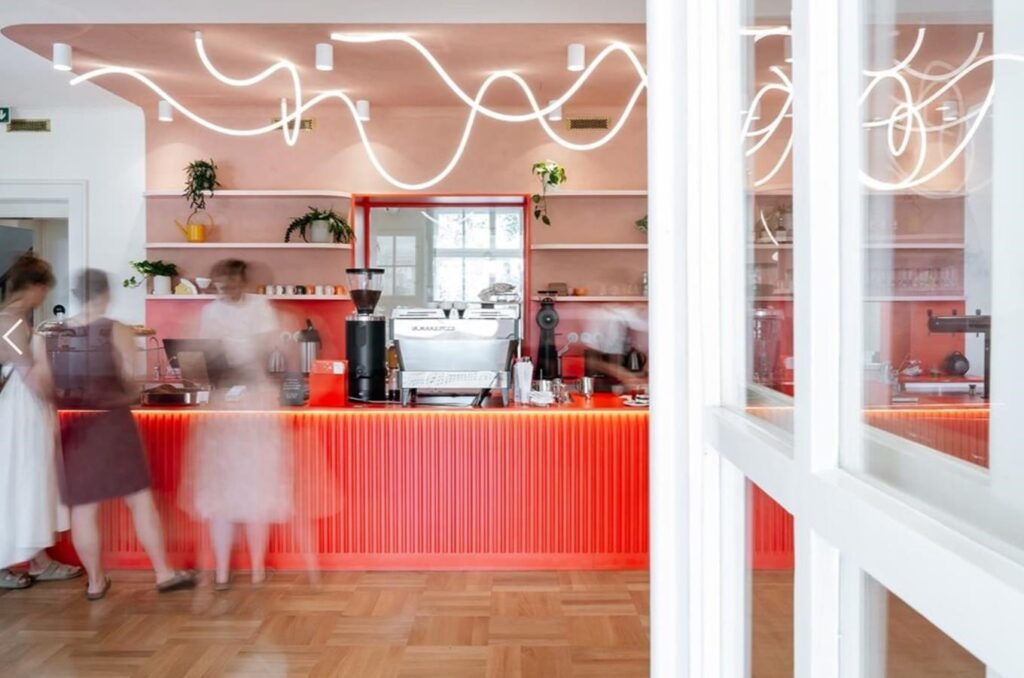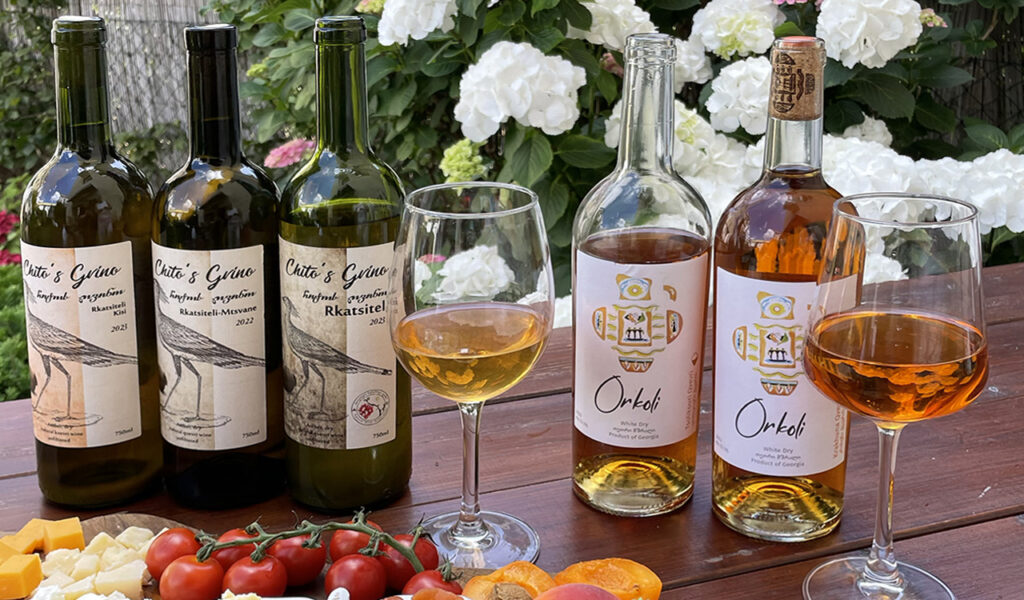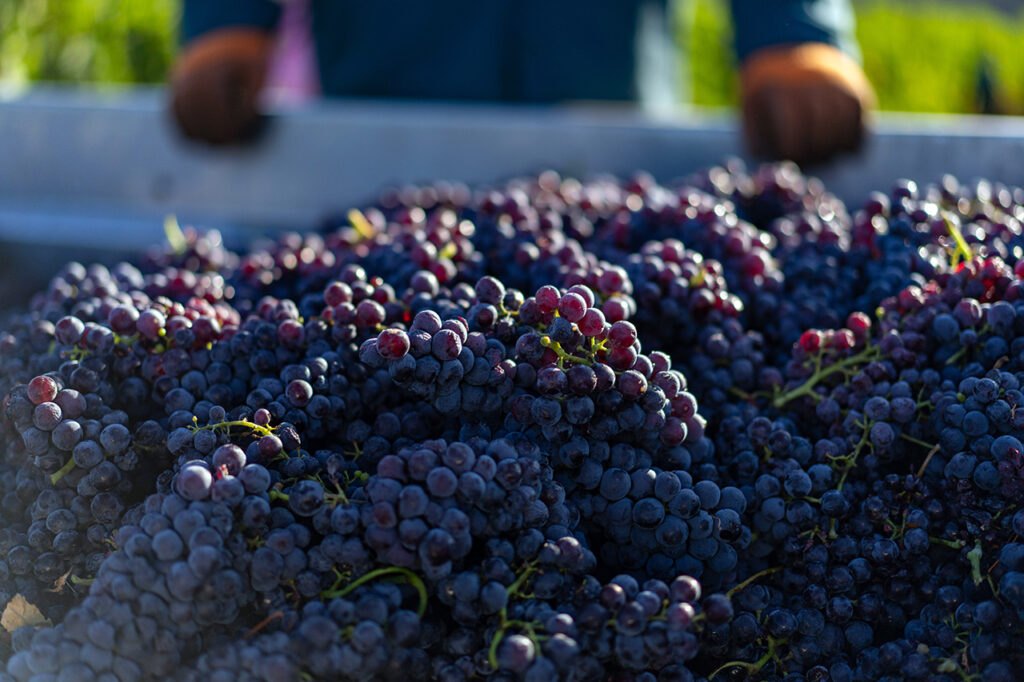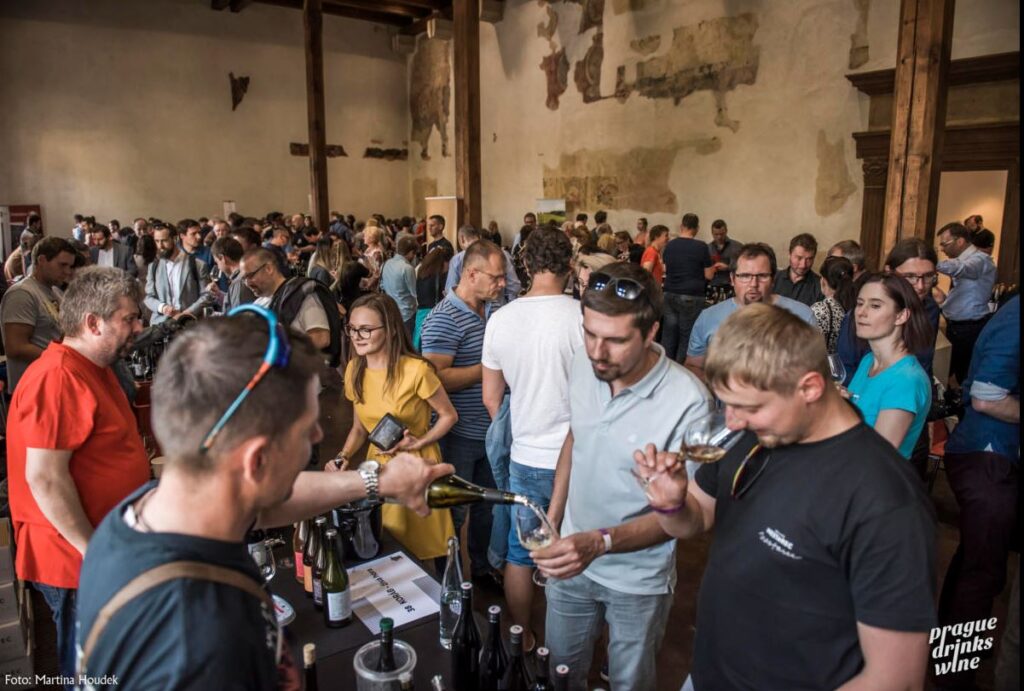Georgian wine has been at the heart of the country’s cultural and gastronomic heritage for centuries. Today, it is making its way onto the wine lists of some of the world’s most prestigious fine dining establishments, including Michelin-starred restaurants across Europe, North America, and Asia. As chefs and sommeliers search for wines that offer authenticity, organic production, and unique taste profiles, Georgian wines are emerging as a preferred choice in high-end gastronomy.
A New Era for Georgian Wine in Fine Dining
While Georgian wine was once primarily appreciated by enthusiasts and historians of ancient winemaking traditions, it is now recognized as a dynamic player in the world of fine dining. Driven by a growing demand for natural, minimal-intervention wines, leading sommeliers and chefs are turning to Georgian winemaking for its distinctive techniques and remarkable flavours.
Luxury restaurants are embracing Georgian wines not only for their taste but also for their story—one of an 8,000-year-old heritage that predates many of the world’s most celebrated wine regions. The UNESCO-recognized Qvevri method, where wine ferments and ages in large clay vessels buried underground, adds a layer of intrigue that aligns perfectly with the contemporary culinary focus on authenticity and tradition.
Why Georgian Wine Stands Out in Fine Dining
- Exclusive Grape Varieties: Georgia boasts over 500 Indigenous grape varieties, offering flavours and textures that cannot be found elsewhere. Varieties like Saperavi, Rkatsiteli, Khikhvi, and Tavkveri provide diverse and intriguing options for pairing with gourmet cuisine.
- Ancient Winemaking Meets Modern Gastronomy: The use of Qvevri creates wines with a natural depth and complexity that pair exceptionally well with sophisticated dishes.
- Organic and Biodynamic Production: Many Georgian wineries follow organic and biodynamic principles, making their wines a favourite among high-end restaurants that emphasize sustainability and natural ingredients.
- Perfect Food Pairings: The robust tannins of Saperavi, the nutty depth of amber wines, and the crisp freshness of Rkatsiteli allow Georgian wines to complement a broad spectrum of haute cuisine dishes.
How High-End Restaurants are Using Georgian Wine
Michelin-starred restaurants and luxury dining venues are increasingly incorporating Georgian wines into their tasting menus, wine pairings, and curated lists. Some of the most notable ways high-end restaurants are showcasing these wines include:
- Dedicated Georgian Wine Pairing Menus: Some Michelin-starred restaurants have introduced specialized Georgian wine pairing experiences, where dishes are crafted specifically to highlight the complexity of wines made from ancient grape varieties.
- Integration with Fermentation-Forward Cuisine: Restaurants like Noma (Denmark), known for their emphasis on fermentation, appreciate the natural oxidative qualities of Qvevri-aged wines, which complement their umami-rich dishes.
- Elevating Traditional European Dishes: At establishments like Le Bernardin (New York, USA), Georgian wines such as amber wines and skin-contact whites are being paired with seafood, foie gras, and truffle-infused dishes for an unexpected yet harmonious match.
- Showcasing Bold Red Wines: Fine dining venues with strong meat-based cuisines, such as Asador Etxebarri (Spain) and Hiša Franko (Slovenia), are using Saperavi and Tavkveri to stand alongside premium cuts of beef, lamb, and game meats.
- Curating Vertical Tastings: Some of the world’s most exclusive wine cellars, including those in Paris, London, and Tokyo, are adding vertical tastings of aged Georgian wines, showcasing how well they develop over time.
Expert Sommeliers on the Growing Appeal of Georgian Wine
Top sommeliers in Michelin-starred restaurants have praised Georgian wines for their authenticity, bold flavours, and ability to surprise even the most seasoned wine connoisseurs.
Sophie Laurent, head sommelier at a three-star Michelin restaurant in Paris, notes:
“The complexity of Georgian amber wines is astonishing. They bring texture and structure, making them perfect for dishes featuring caviar, smoked fish, or aged cheeses.”
Pietro Giannini, a wine director at a luxury dining venue in Milan, adds:
“Georgian wines are a hidden treasure. Saperavi is a game-changer—it stands proudly alongside Barolo and Bordeaux, yet it offers something unique.”
The Future of Georgian Wine in Fine Dining
With fine dining establishments increasingly focused on authenticity, sustainability, and unique culinary experiences, the demand for Georgian wine is set to rise. As more Michelin-starred restaurants and luxury venues explore its potential, Georgian winemaking will continue to gain recognition for its perfect blend of tradition and modernity.
For those looking to experience the depth and elegance of Georgian wines, there has never been a better time to explore their presence in fine dining—and perhaps even incorporate them into a personal wine collection.
